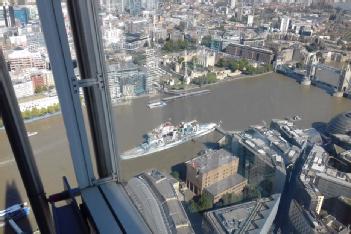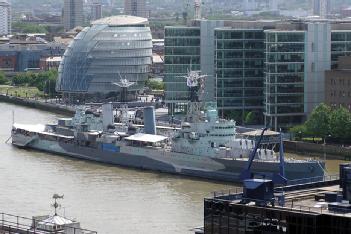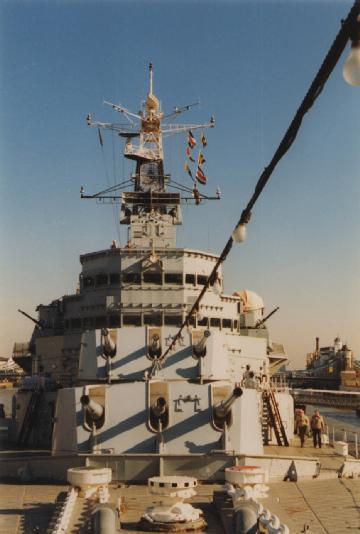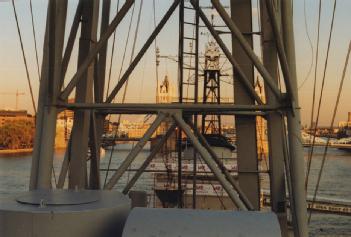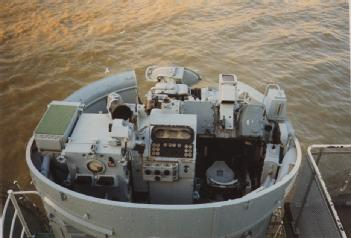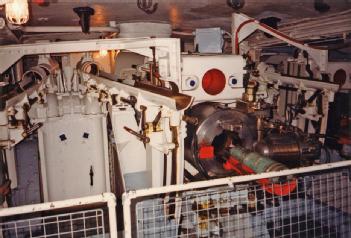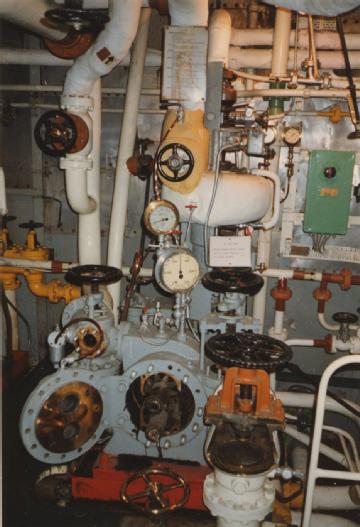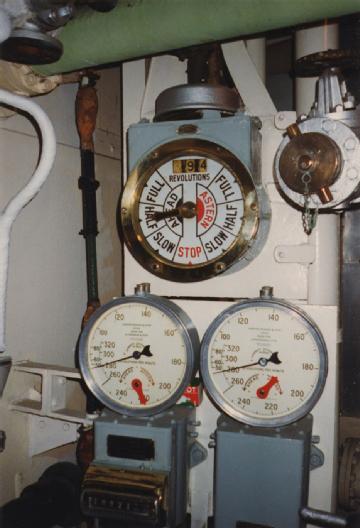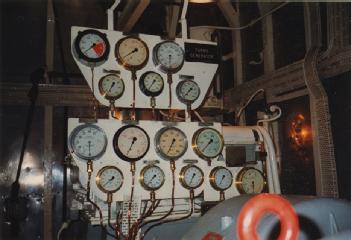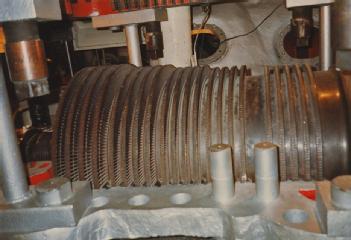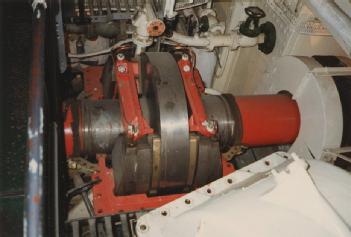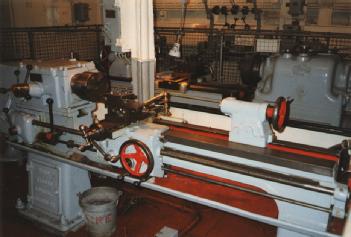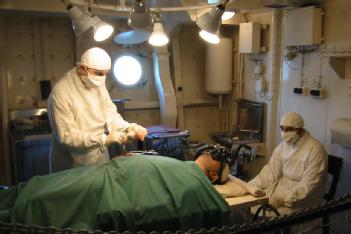
  |
HMS Belfast (Part of Imperial War Museum) |
SE1 2JH London, Great Britain (UK) |
|
| Address |
The Queen's Walk
|
| Floor area | only roughly guessed: 5 574 m² / 60 000 ft² |
Military ships and submarine
- Biology / Medicine
- Radar
- Lamps and Light
- Amateur Radio / Military & Industry Radio
- Home Appliances
|
Opening times
|
April - October: daily 10am - 6pm, last entry 5pm end of October - May: daily 10am - 5pm, last entry 4pm |
||||
|
Status from 10/2024
|
Adult: £25.45; Child (Age 5 to 15): £12.70; Concessions; £22.90 | ||||
| Contact |
|
||||
| Homepage | www.iwm.org.uk/visits/hms-belfast | ||||
| Location / Directions |
The nature of the ship makes access to some of the areas below decks impossible for wheelchair users. Some modifications have been made to provide a limited tour of the ship including the Quarterdeck, the Boat Deck and the Walrus Café. Large sections of ‘2 Deck’ are also accessible. |
| Description | History of HMS Belfast (They have also a wireless-room) |
| Description (other) |
Locations of Imperial War Museum Imperial War Museum - IWM London Imperial War Museum - IWM Duxford |
[dsp_museum_detail.cfm]
| Data Compliance | More Information |

